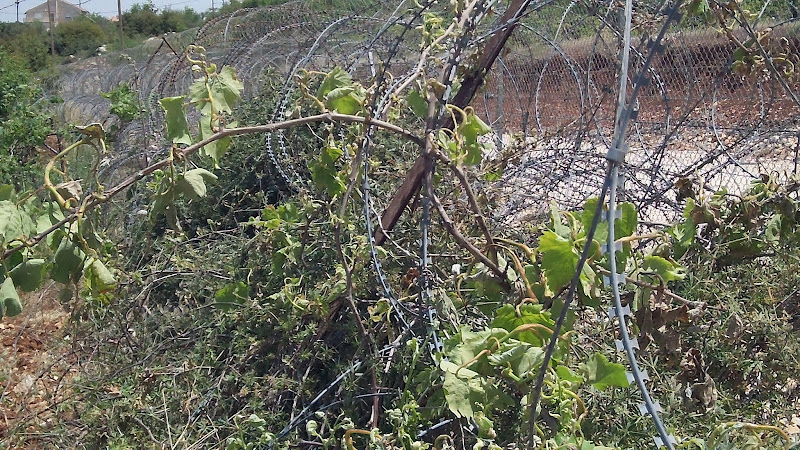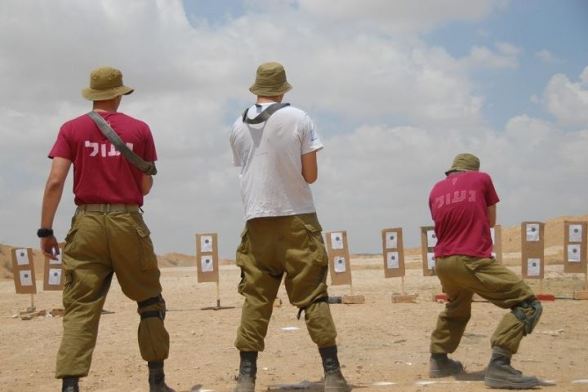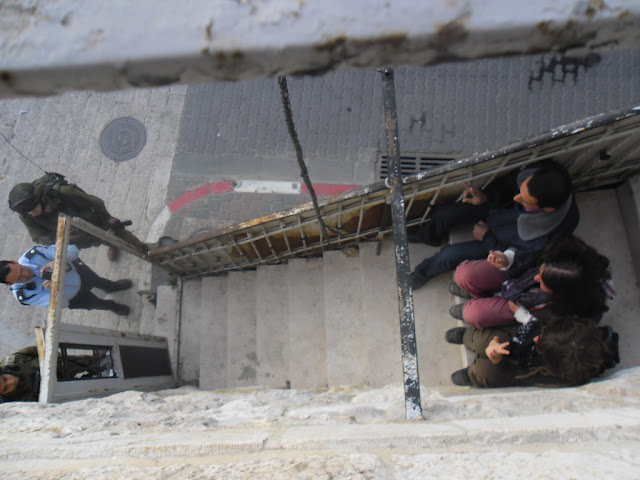Tag: Settlers
-
Karmei Tsur: Poisoning the vine with Zionism
by Joseph 7 May 2012 | International Solidarity Movement, West Bank When Ali Awad visited his orchard on Friday morning before the midday prayer he noticed nothing out of the usual. But eight hours later, when he returned to his land in order to gather grape leaves to sell in the local market, he…
-
Yitzhar settlers attack school children in Urif
by Chris Beckett 29 April 2012 | International Solidarity Movement, West Bank Urif is a Palestinian town in the Nablus Governorate of the northern occupied West Bank, located thirteen kilometres South of Nablus. The town has a population of just under 3000 inhabitants and is overlooked by the illegal Israeli colony of Yitzhar. Last week…
-
Israeli Brutality: Violent arrests of Palestinians in Hebron and disappearance of Dutch volunteer
by Paige and Satu 1 April 2012 | International Solidarity Movement, West Bank A Dutch woman and several Palestinians were violently arrested today during an attempt to reclaim a Palestinian house at the entrance of the old city in occupied Al Khalil (Hebron). About 30 Palestinians and international ISM activists from Canada, Finland, United States…



